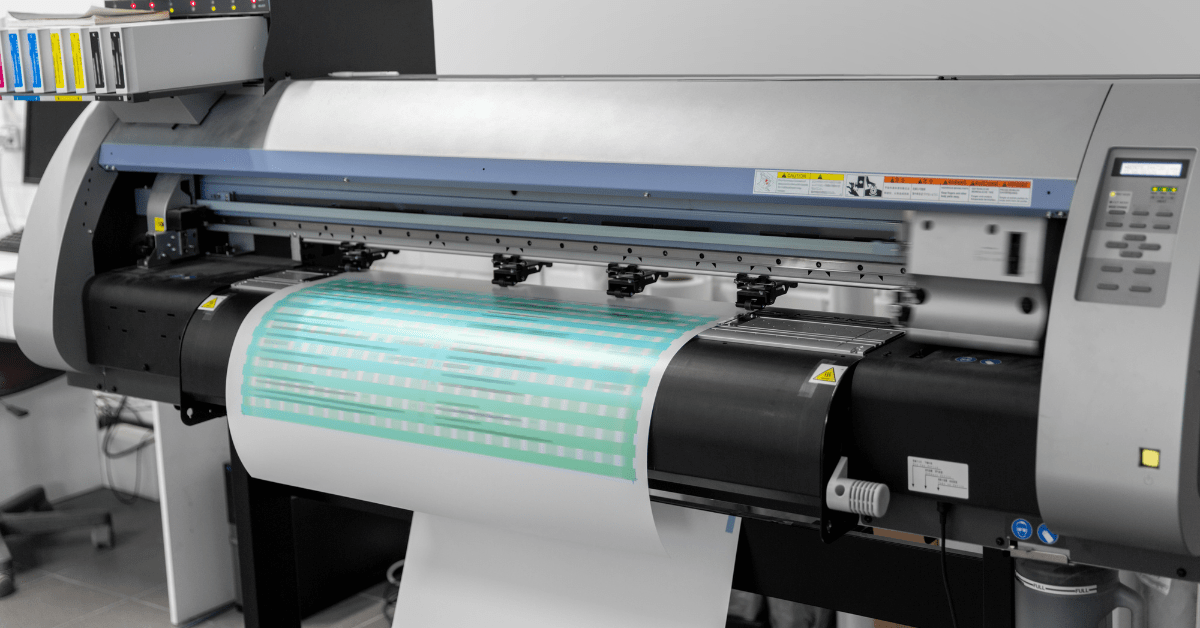
For those asking “How much do college textbooks cost?” and “Why are textbooks so expensive?” we have the following shocking statistics. According to the data from College Board, college textbooks and materials cost more than $1,200 per year. That’s a lot of cash for books you’ll never use after you finish that class!
That’s not the only alarming statistic. With textbooks costing an average of $105.37 each, it’s no wonder why college students would rather get a lower grade in a class than shovel over hundreds of dollars every school year. The price of textbooks has mimicked the rise in tuition over the past couple of decades. Between 1977 and 2015, textbook costs have risen about 1,041%.
Now that we’ve established how expensive textbooks are, the next question is naturally, “Why are textbooks so expensive?” The truth is there are a number of factors that have led to the dramatic increase in textbook prices. Besides the ever-increasing rates of inflation across the globe, the textbook market specifically has reasons for raising its prices:
“Guaranteed audience”
Thanks to the expertise of C.S. Friedman, an instructor, and private tutor, we have our first reason why textbooks are so expensive – they have a “guaranteed audience.” That is, these textbooks have a very specific market (college students). Buyers will have to pay or risk missing valuable class material.
In fact, depending on the subject, the entire course can depend on a single textbook and access code. For example, many introductory college-level biology classes will design their curriculum around a textbook from a certain publisher. That textbook will come with an access code that unlocks an online platform where students will submit reading quizzes and other homework.
As Friedman states, publishers can “pretty much charge what they want” because students are often required by their professors to purchase a certain book. Logistically, that makes sense. Professors need to have all their students learning the same material. But publishers take advantage of that fact by racking up the prices.

Subject Matter
As we mentioned earlier, certain subjects rely on their textbooks more heavily than others. In general, humanities courses do not charge as much for their textbooks as science, technology, engineering, and mathematics (STEM) courses do.
Scott Virkler, the chief product officer of McGraw-Hill (a very large publisher), stated that these “quantitative courses” are pricier because “the content itself costs a lot more to build and maintain.”
Think about the difference between a chemistry textbook and course materials for an art class. The basic principles behind chemistry may stay pretty much the same from year to year, but there’s constant change in the nuances. Also, even the basics are challenged often as better technology is developed.
A chemistry textbook full of up-to-date experiments, data, and summaries of findings on top of past summaries of findings is bound to be expensive to compile, edit, publish, and market. Textbooks for humanities courses also have their fair share of research, but it’s a different kind than classic STEM subjects.

Publisher Interests
There are a select few big educational publishers that dominate the textbook scene. These include McGraw- Hill Education, Pearson, Scholastic, and Cengage Learning. To keep generating money and keep up with their contenders, these publishers have to make marketing and pricing choices that don’t always benefit their buyers.
The biggest example of this factor is the constant appearance of new editions. Textbook publishers will make new editions of particularly highly demanded textbooks with only a few design-related changes and convince professors to use them. Notice that these textbooks are already in high demand.
The publishers know that these books are being bought and will continue to be bought year after year. To increase their profit, they will make a few changes to the content or structure and brand it as the “newest edition.”
There’s another great point –publishers will make “special editions” for universities and use one-time-use access codes. Essentially, the book becomes useless after that access code has been used. That’s great for their sales but not great for students looking for cheaper, secondhand textbook options. To learn more about textbook access codes, check one of our recent articles.

Publisher Waste
There’s nothing quite like an ex-member of the publishing industry who can provide insights into real-life strategies used by textbook publishers to this day. Former publishing representative at Pearson Education, Liz Weir, reveals that publishing reps engage in practices like “sampling,” which eventually raise prices.
As Weir puts it, “sampling” involves publishing reps sending off boxes of textbooks to professors who could possibly use that book. There’s no guarantee that the textbook fully applies to that professor’s course material, much less that they’ll adopt it as their class’s sole textbook.
As a result, there are many books that are sent off (which is expensive) that don’t get used (which is also expensive) and don’t promote future sales (which means the expense wasn’t worth it). In Weir’s personal experience, each sampled textbook would cost between $50 and $75. With publishing reps shipping off hundreds of textbooks, that’s a lot of money lost!
Also, professors that receive all these unwanted books will sell them secondhand, which leads to publishers making their “newest edition” even sooner. Prices get higher and higher to compensate for losses, leaving students with the short end of the stick.

Solutions
But it’s not all bad! There are many ways you can save money on textbooks. There are plenty of ways to buy textbooks secondhand. Whether it’s through social media or word of mouth, college students can connect with students who have already taken the class and need to get rid of old textbooks. Also, there are at least 35 websites where you can get free college textbooks online.
Another great way to save money is by finding online book vendors who offer the best price with BookScouter. It’s a one-stop site where you can buy, sell, and rent books checking out prices from 30+ online websites. If you don’t want to pay full price, go ahead and rent your books. If you have old textbooks and need to get new ones, sell your old ones and buy the ones you need. BookScouter book price comparison engine helps you sell, buy, or rent books the smart way.

Conclusion
As you can tell, there isn’t one single thing that makes textbooks so expensive. There are a few different factors at play, most of which involves publishers’ interests. Whether it’s promoting the “newest edition” or raising prices because they know college students have to buy them, publishers do whatever they can to make more money.
Finally, while students can’t control textbook pricing, they can ask, “Why are textbooks so expensive?” It’s the first step in making informed decisions about their education while also finding solutions (cough, cough, BookScouter). Check out our previous article for an infographic explaining average textbook cost in detail with the most actual statistics.




